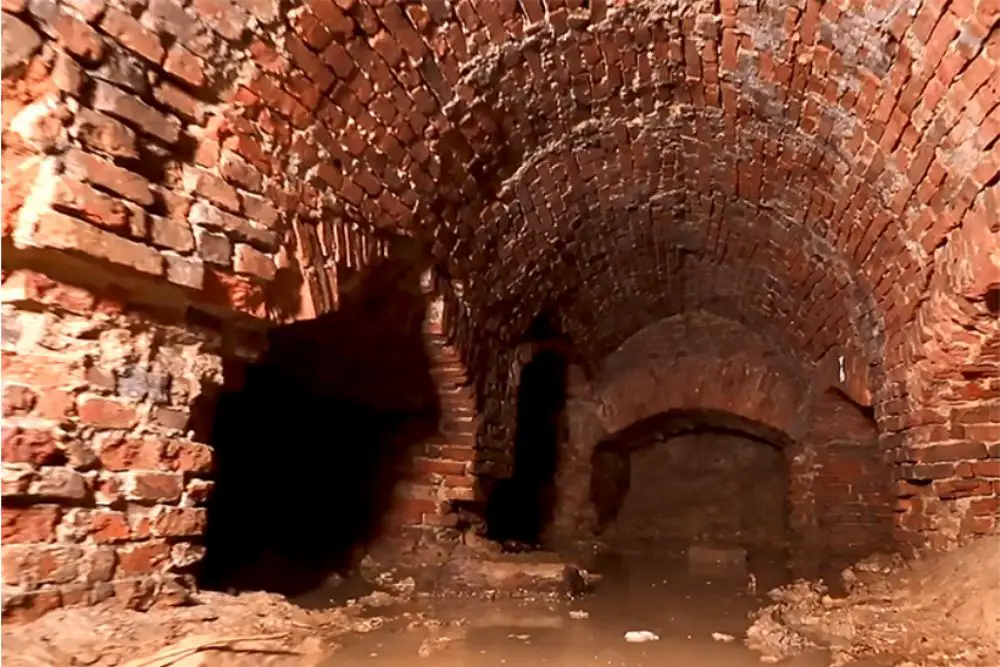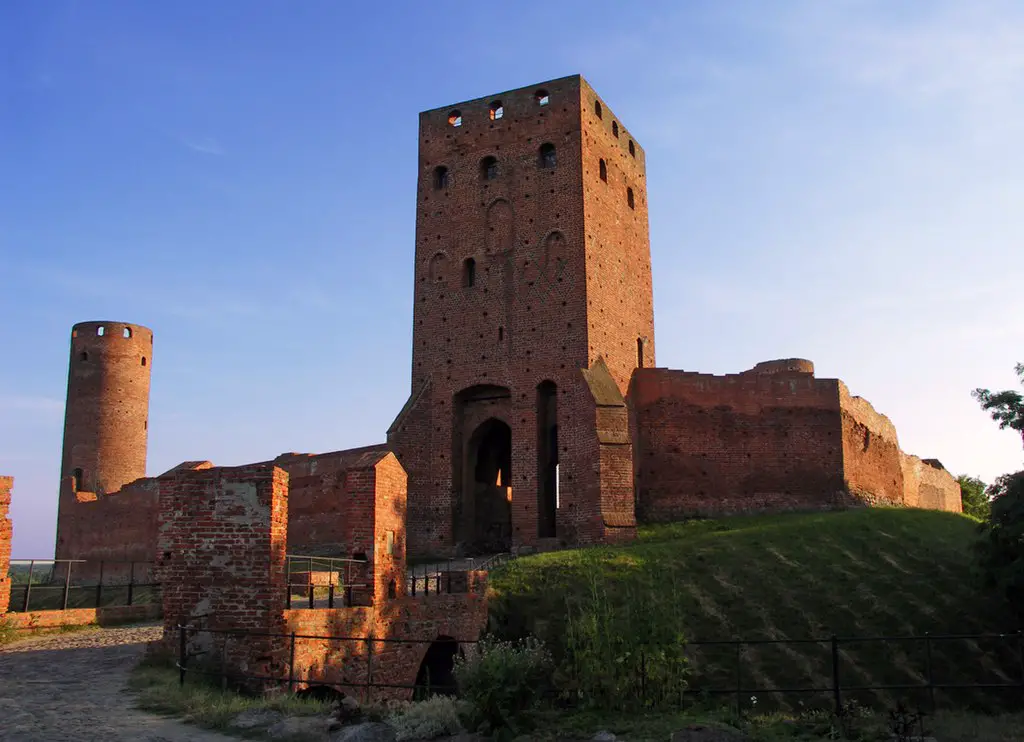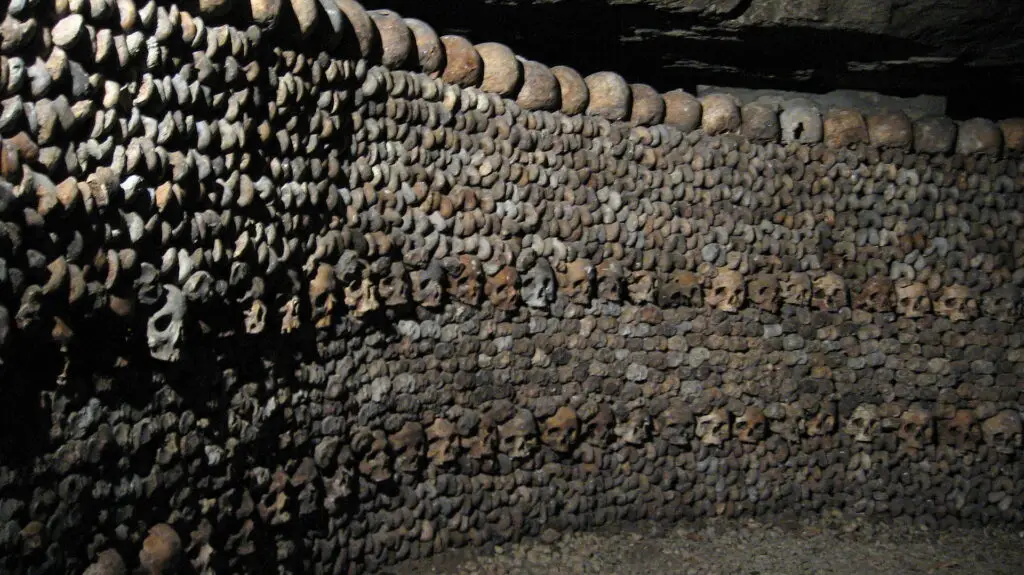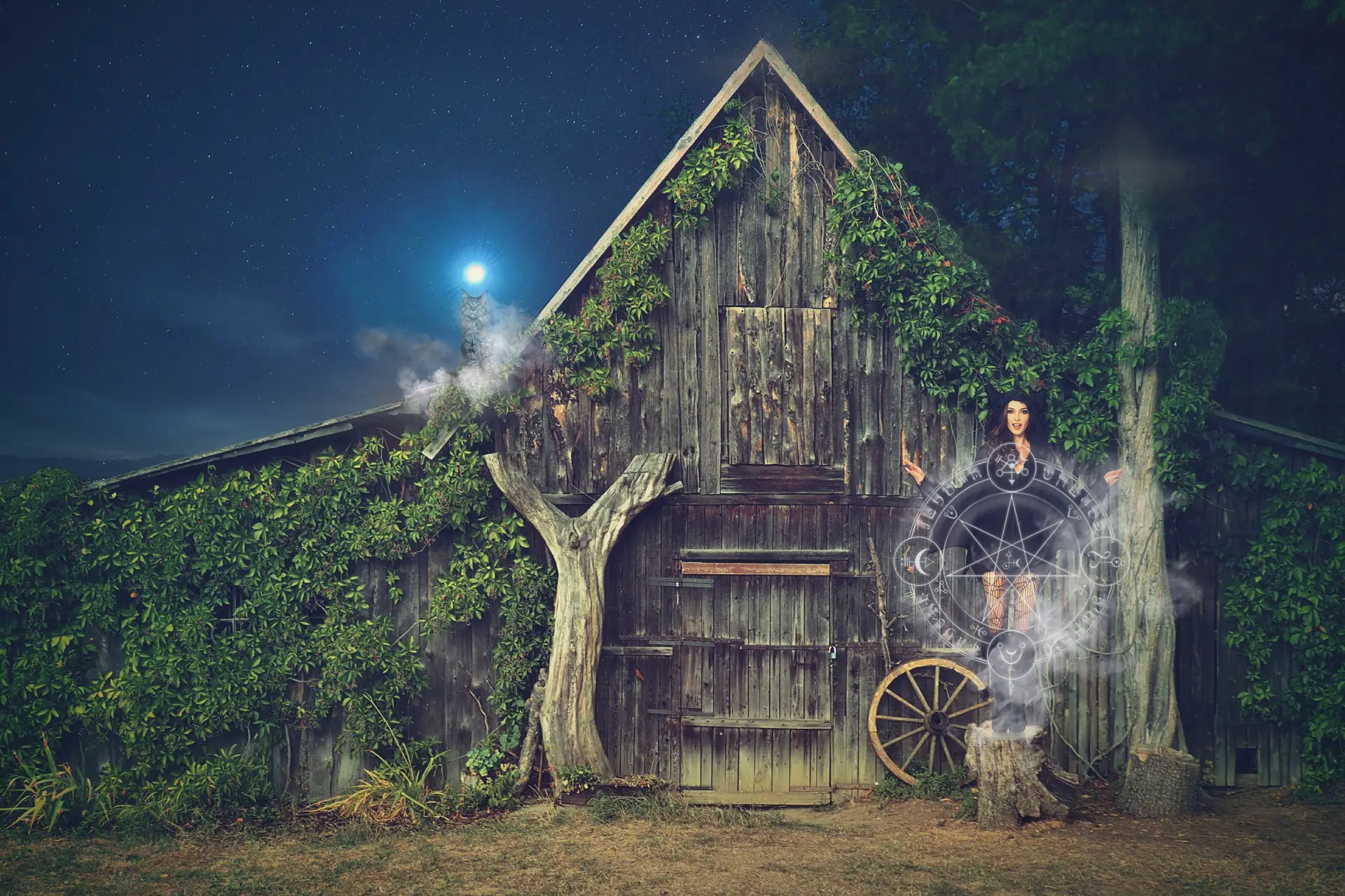Mysterious but does look like the perfect location for the filming of a scary Hollywood horror film – it’s even got a colony of bats to serve as extras when cameras roll.
The atmosphere is creepy. It’s dark and foreboding in look and feel. Its centuries old, which adds plenty to the sense that anyone who once went in there may not have come out alive.
Content
Or was it actually used as a place to bury the dead, as the name, the Masonic Tombs, implies?

The heritage experts in Warsaw, Poland, don’t have concrete answers to any of these and a plethora of other questions about this place that coils under the south end of the city.
But they have been investigating throughout 2021 to try to come up with ideas about the structure’s origins and purpose.
Theories abound. One is that it was built in the 17th century, during the reign of King Jan III Sobieski, as a passageway that led to Czersk Castle, about 30 kilometres away.
Castle
But no one is yet precisely certain if that (or any other) theory is right, including Michael Krasucki, chief of the Warsaw heritage protection office. “The mysteries of this place are still waiting to be resolved,” he acknowledged recently in a Polish newspaper and website.

One thing is certain: the tombs are a source of unending fascination for experts and citizens alike.
Some details about it have been confirmed, thanks to the use of advanced three dimensional laser technology.
The tunnel is 60 metres long, and is U-shaped. One end is sealed off, so what lies beyond that end cannot be accessed and studied. It is made of brick, and in some spots it measures about two metres wide. There are 47 arched niches contained within it, the widths of them varying.
A six-metre, rectangular ventilator reaches up to the surface, presumably a source of air and perhaps – for those with vivid imaginations – escape.

Masonic
Experts say that, if their findings are correct and the Masonic Tombs do date to the 17th century, it may be a “unique Baroque architectural (structure) in Poland.”
And what of the secretive, mysterious and somewhat sketchy history of the Masonic brotherhood? Because of those very traits, little is known about whether the members really did use the tombs to host meetings and rituals.
It is a story that has grown up around the passageway, almost akin to an urban legend. However, no one can say with certainty that any such events truly took place inside the creepy tunnel.
As to whether it deserves the moniker of “Tombs,” — no evidence has yet been uncovered that anyone is buried within this dark hallway. But the heritage office is continuing to research this spooky place.
Catacombs
The Masonic Tombs are not, perhaps, as creepy as the catacombs that stretch for hundreds of miles under Paris.

In those, which have become a major draw for tourists with a leaning toward the macabre, countless human bones and skulls line the passageways.
It may be that the reigning king had the tunnel built to offer underground access to one of his grandchildren’s homes. That is certainly the less frightening explanation of why it was built below the city.
But isn’t it fun to imagine darker origins? Or to envision it becoming the set of a scary movie, the way the catacombs in Paris were used to film scenes in Netflix’s hit series, “Lupin?”
If you like this article, then please follow us on Facebook, Instagram
Another Article From Us: Bf 109 Recovered from Lake in the 80s: Restoration Startup
The possibilities are endless. First, however, the heritage authorities must be encouraged to do their work, researching its dark past. Revealing all they can about how and why this structure was built below the southern streets of the national capital city of Poland.





